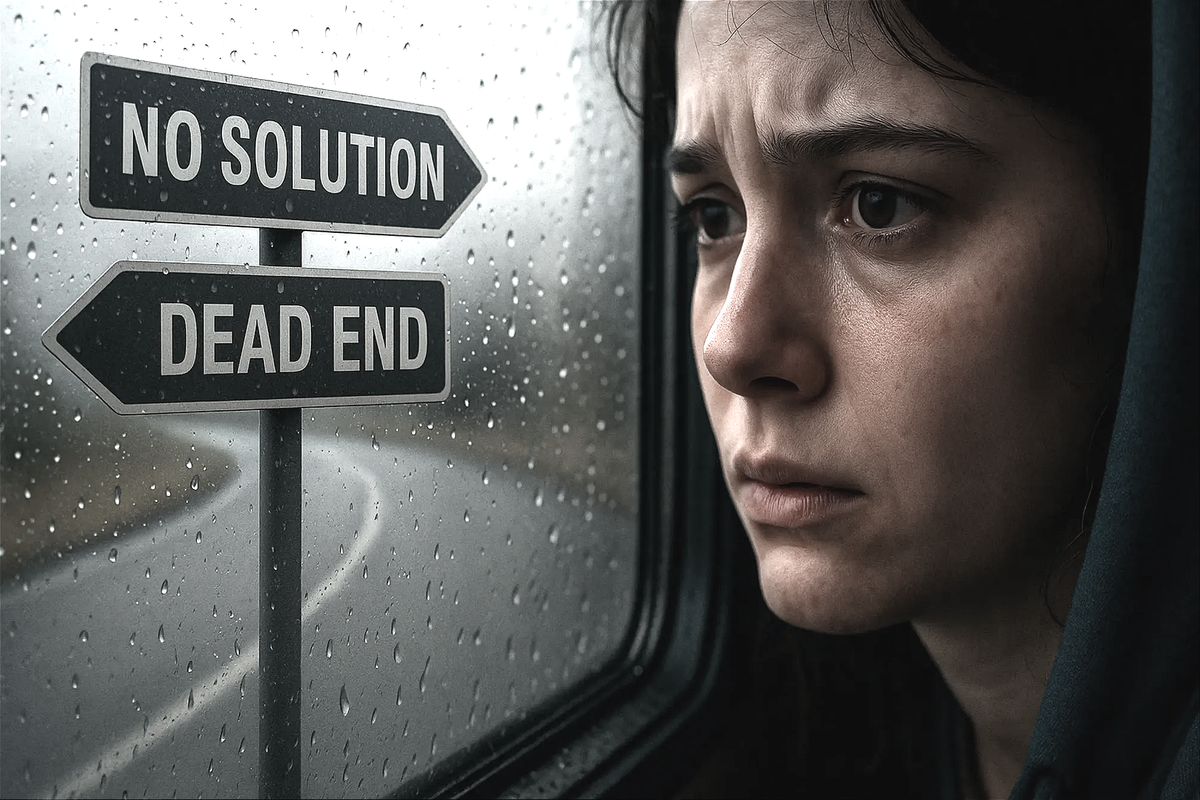
They may want to actually feel as if they can do more and wish to learn more meaningful content, only to be hit with excuses such as, “This isn’t in the curriculum,” or “We don’t have time or resources.” Young people begin to feel guilty for not doing more to address the problem, and in time, they may seek to avoid the situations that provoke feelings of guilt. Brain imaging fMRI studies of PTSD patients who presented with feelings of guilt and shame showed they experience a surge of blame-related processing of bodily sensations within salience network regions, including the right posterior insula and the dorsal anterior cingulate cortex, which in turn, prompt regulatory strategies at the level of the left dorsolateral prefrontal cortex aimed at increasing cognitive control and inhibiting emotional effect.8 But the participants in these studies presented with both PTSD and MI. A coalition of Australian Defence researchers10 distinguished PTSD and Moral Injury as follows: PTSD is marked by fear, anxiety, concerns for physical integrity and safety, hopelessness, and horror.11 Conversely, the hallmarks of moral injury are guilt and shame, remorse, contempt, disgust, resentment, betrayal, grief, and regret.12, 13, 14 In comparing the experiences of veterans upon returning home, the Australian team separated two types of experience.
Author: Skeptic
Published at: 2025-11-13 22:30:31
Still want to read the full version? Full article